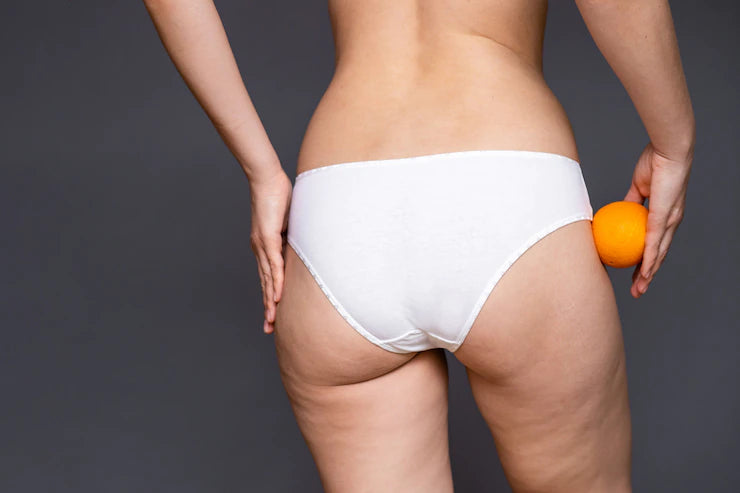
Understanding Cellulite: Causes, Treatment, and Prevention
Cellulite is a common cosmetic concern that affects many individuals, particularly women, regardless of age or body type. It can be frustrating and impact self-confidence. However, with the right knowledge and approach, you can effectively understand and address cellulite. In this article, we will explore what cellulite is, its causes, various treatment options available, and valuable tips for preventing its occurrence.
What is Cellulite?
Cellulite refers to the dimpled or lumpy appearance of the skin, commonly found on the thighs, buttocks, hips, and abdomen. It occurs when fat deposits push through the connective tissue beneath the skin, resulting in a bumpy or "orange peel" appearance. It is essential to note that cellulite is not a medical condition but a natural occurrence.
Causes of Cellulite: While the exact causes of cellulite are not fully understood, several factors contribute to its development. These include:
-
Hormonal Factors: Hormones, particularly estrogen, can play a significant role in the development of cellulite. Hormonal fluctuations, such as those during puberty, pregnancy, or menopause, can contribute to cellulite formation.
-
Genetic Predisposition: Genetics also play a role in determining whether an individual is more susceptible to cellulite. If your parents or close family members have cellulite, there is a higher likelihood that you may develop it as well.
-
Lifestyle Factors: Sedentary lifestyle, poor diet, smoking, and excessive alcohol consumption can contribute to the development and severity of cellulite. Lack of physical activity and a diet high in fat, sugar, and processed foods can lead to weight gain and increased cellulite visibility.
Treatment Options:
While there is no definitive cure for cellulite, several treatments can help reduce its appearance. It's important to note that results may vary from person to person. Here are some popular treatment options:
-
Topical Creams and Lotions: Certain creams and lotions containing ingredients like caffeine, retinol, and antioxidants claim to reduce cellulite. These products aim to improve blood circulation, stimulate collagen production, and tighten the skin. However, their effectiveness may be limited, and consistent use is often necessary.
-
Massage Therapies: Massage techniques, such as lymphatic drainage or deep tissue massage, can help improve blood flow, break down fat deposits, and reduce fluid retention. Regular massage sessions may help temporarily minimize the appearance of cellulite.
-
Non-Surgical Procedures: Procedures like radiofrequency, laser therapy, or acoustic wave therapy have shown promising results in reducing cellulite. These treatments work by stimulating collagen production, improving skin elasticity, and breaking down fat cells. Multiple sessions are usually required for optimal outcomes.
Prevention Tips:
Preventing cellulite from developing in the first place or minimizing its severity is possible by adopting a healthy lifestyle. Consider the following tips:
-
Maintain a Balanced Diet: Focus on consuming a well-balanced diet that includes fruits, vegetables, lean proteins, and whole grains. Limit your intake of processed foods, sugary snacks, and saturated fats.
-
Stay Hydrated: Drinking an adequate amount of water can help improve overall skin health and maintain proper hydration levels, reducing the visibility of cellulite.
-
Engage in Regular Exercise: Regular physical activity, such as cardio exercises, strength training, and targeted exercises for the affected areas, can help tone muscles, improve circulation, and reduce the appearance of cellulite.
-
Quit Smoking and Limit Alcohol: Smoking damages the connective tissue in the skin, making cellulite more noticeable. Additionally, excessive alcohol consumption can contribute to weight gain and dehydration, exacerbating the appearance of cellulite.
While cellulite may be a common concern, understanding its causes, treatment options, and prevention strategies can help you navigate through this issue. Incorporating lifestyle changes, exploring different treatment approaches, and adopting a positive mindset can empower you to manage cellulite effectively. Remember, embracing your natural body and practicing self-care are crucial in promoting overall well-being and body confidence.
